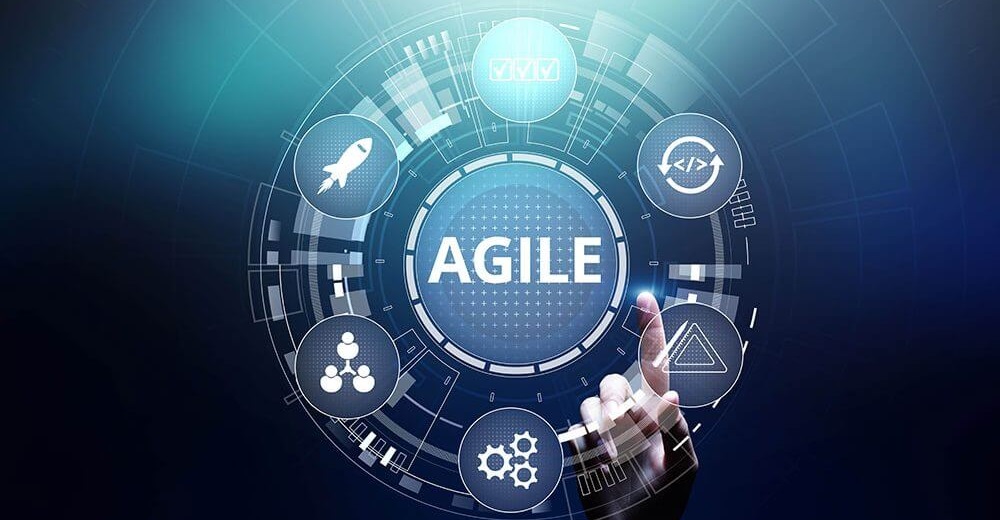Agile engineering has transformed how software development teams build and deliver applications, focusing on adaptability, collaboration, and customer satisfaction. This guide introduces Agile Engineering, discusses its benefits over traditional methods, and explores how it applies agile principles to create more responsive, high-quality software.
Table of Contents
- What is Agile Engineering?
- Agile Principles in Engineering
- Benefits of Agile Engineering
- Comparison to Traditional Methods
- Key Concepts in Agile Engineering
- Conclusion
What is Agile Engineering?
Agile engineering is an approach to software development that applies the principles of Agile methodology to engineering processes. Unlike traditional development models, agile engineering emphasizes flexibility, rapid delivery, and continuous collaboration among team members and stakeholders. By working in short cycles, or “iterations,” agile teams deliver small, functional parts of the product continuously, allowing for frequent feedback and adjustments.
The agile engineering process is customer-centric, meaning it values frequent feedback from end-users and stakeholders to ensure the final product meets their needs. Agile engineering teams embrace change, allowing them to respond to new requirements or feedback even late in the development process.
Agile Principles in Engineering
Agile engineering builds on the core principles of Agile, which include:
- Individuals and interactions over processes and tools: Agile teams prioritize human communication and teamwork.
- Working software over comprehensive documentation: The goal is to produce functioning software quickly, keeping documentation to a minimum.
- Customer collaboration over contract negotiation: Teams work closely with customers and stakeholders to refine requirements and improve the product.
- Responding to change over following a plan: Agile engineering is flexible, adjusting to new ideas and requirements as they arise.
These principles allow agile engineering teams to maintain flexibility, focus on delivering value, and continuously adapt to user feedback, improving the final product.
Benefits of Agile Engineering
Adopting agile engineering offers numerous benefits:
- Enhanced Collaboration: Agile emphasizes close collaboration among team members, including developers, designers, product owners, and other stakeholders.
- Increased Adaptability: Agile teams can respond to new requirements or changes without major disruptions.
- Faster Time to Market: By delivering smaller, usable segments of the product, teams can release features and updates frequently.
- Higher Product Quality: Agile encourages testing and quality assurance throughout the development cycle, which leads to fewer issues in the final product.
- Customer-Centric Development: With regular customer feedback, agile engineering ensures the product aligns with user needs and expectations.
These benefits make agile engineering particularly effective in fast-paced industries where customer needs and market demands evolve rapidly.
Comparison to Traditional Methods
Traditional development models, like the Waterfall model, typically follow a linear approach, with a focus on heavy upfront planning and sequential stages (such as requirements, design, development, testing, and deployment). In contrast, agile engineering follows an iterative approach, allowing teams to refine their work based on feedback throughout the development cycle.
Key Differences Between Agile and Traditional Engineering:
- Flexibility: Agile allows for changes in requirements at any point, whereas traditional methods resist change after the planning phase.
- Delivery: Agile delivers value incrementally, while traditional methods aim for one large release after the entire project is complete.
- Customer Involvement: Agile engages customers in every iteration, while traditional models may only involve them in the initial planning and final release.
- Documentation: Agile focuses on minimal documentation, only keeping essential records, whereas traditional methods often require extensive documentation at every stage.
These differences make agile engineering an ideal choice for projects requiring flexibility, adaptability, and frequent customer feedback.
Key Concepts in Agile Engineering
To successfully implement agile engineering, teams often follow these core practices:
- Iterative Development: Work is divided into short cycles (or sprints), typically lasting two to four weeks, each producing a small increment of the final product.
- Test-Driven Development (TDD): Teams write tests before coding, ensuring the code meets the necessary requirements.
- Continuous Integration and Continuous Deployment (CI/CD): Automated testing and deployment pipelines enable fast and reliable releases.
- Refactoring: Regularly improving the codebase for readability, performance, and maintainability, allowing for easier adaptations in future iterations.
- Retrospectives and Feedback Loops: Teams hold retrospectives at the end of each iteration to assess progress, identify areas for improvement, and gather feedback from stakeholders.
Conclusion
Agile engineering has become a cornerstone of modern software development, offering a flexible, collaborative, and customer-focused approach that enables teams to deliver high-quality products more efficiently. By prioritizing continuous improvement, adaptability, and user feedback, agile engineering ensures that software development aligns closely with business goals and user expectations. As a result, agile engineering is especially valuable in today’s fast-paced, innovation-driven environment.
For organizations looking to stay competitive and responsive to market needs, adopting agile engineering principles can pave the way for faster, more effective product development. In the next article, we will explore the practice of iterative development and how it drives the agile engineering process forward.

